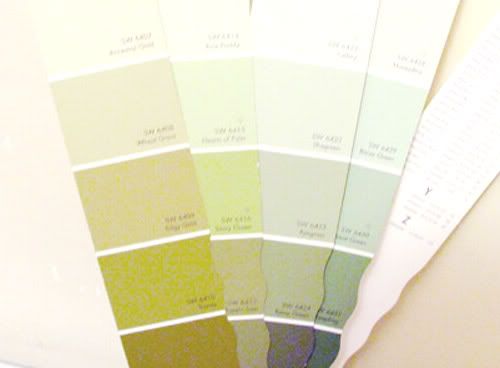WEEK FIVE - AREA RUGS AND WINDOW COVERINGS
Now don't panic, but this step can make or break a design. This is a very overlooked but ultra important step in the design process. Think of your windows like large pieces of art and the floors like a sixth wall (ceiling is fifth, in case you're wondering). Integrate these into your design!
Area rugs truly define a space and can also be used to define zones within a space. Centering a smaller area rug in front of the sofa near the television will help visually divide the space as the TV zone. Placing a separate rug in the office zone will define it as such. You get the picture.
 |
| Notice how the round rug emphasizes the round table? |
So how do you go about choosing the right area rug? It's not as hard as you think. First, ignore the issue of color and thing shape and size. Would an 8 foot round area rug perfectly accent your round dining table? If so, stick to that shape and size when shopping. Do this for all the zones in your space - but keep in mind that not every space needs a rug. The goal is to visually define and unify, not confuse and clutter. Jot down the sizes and shapes you need in your design journal.
How about window coverings? For some reason, window coverings continue to be one of the most daunting design aspects of a room. Make it easy! First, do you even need a window covering? Not every window does. Next, why do you need a window covering? Privacy? Aesthetics? Light control? You don't want to put sheer drapery on your bedroom window where you really need light control. You will hate yourself at 6:00am when the morning sun is burning a hole in your retina. Likewise, you don't want to put purely decorative side panels on a window where you need privacy.
 |
| Combine privacy shades with decorative drapes! |
Once you have figured out the function of the window coverings, consider the styles available. For light control - do you want black out drapery? Wood blinds? Roman shades? Shutters? There are thousands of books that have pictures and drawings of all different styles of window coverings. Choose the style (not the color just yet) that you like and serves the proper function.
See, it's not so difficult! NOW you can think about color and pattern. We saved this until now, because it is much easier to choose the proper color/pattern/texture when you have already chosen the function and size of the area rugs and window coverings. Also, it is important that these two elements complement each other.
Go back to the pictures you ripped from the design magazines. What do you see about the window coverings and area rugs that would work in your room? Since you've already narrowed down your options based on function, think about the colors and textures you like. Did you find a drapery color/pattern that is perfect? Great! One down. Now take a look at the area rugs next to the fabric you have selected - find one that coordinates. One step at a time...
Quick word about drapery - think custom. Having custom drapery made is NOT as expensive and intimidating as it used to be. By having custom drapery made, you can pick out the fabric and style; you are not limited to the pre-packaged items you find at the store. These will be made just for your and your windows - and often at the same price as the pre-packaged stuff! Even better, typically the drapery person will come out to your house to measure and can even install them! Go ahead, give it a whirl - you'll be glad you did!
After you have selected the window coverings and area rugs, put them where they belong in the room - window covering installed on the windows (not draped over the arm of the sofa) and area rugs properly placed on the ground. This will do two things; first, you will see immediately if you made the right choice (it is easier to change these now than later). Second, you will be able to better evaluate what you need to complete the design. Easy is our goal, right?
















